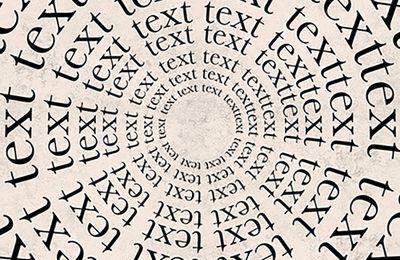MOOC: Reading Literature in the Digital Age
As we make sense of what we read, we construe meaning using the ancient cultural technique of interpretation. Only rarely do we actually reflect this process: what are the means that help us to understand literary texts? How does interpretation work? And how has our increasing use of e-books and tablets changed the way we read and interpret literature?
This free online course addresses these key questions as it introduces you to a variety of ways of interpreting literary texts. We will look into time-tested methods such as close reading and historical contextualisation. We shall also address more recent, computer-assisted practices such as distant reading.
You will learn about the professional reading practices used by literary scholars. But we will also probe the benefits and limitations of the screen-based reading all of us perform every day as we move from hyperlink to hyperlink.
Along the way, we will inquire into the materiality of texts, asking ourselves what difference it makes whether we encounter a poem, play or novel as an e-book, paperback, hardback or manuscript.
While we will take a modern American poem as our tutor text, you will encounter a great variety of literary texts and forms. We will also visit the rich library holdings of the University of Basel, one of the world’s 50 oldest universities.
Fach: Sprache & Literatur | Verfasser: Philipp Schweighauser | Produktion: New Media Center der Universität Basel | Jahr: 2016 |

